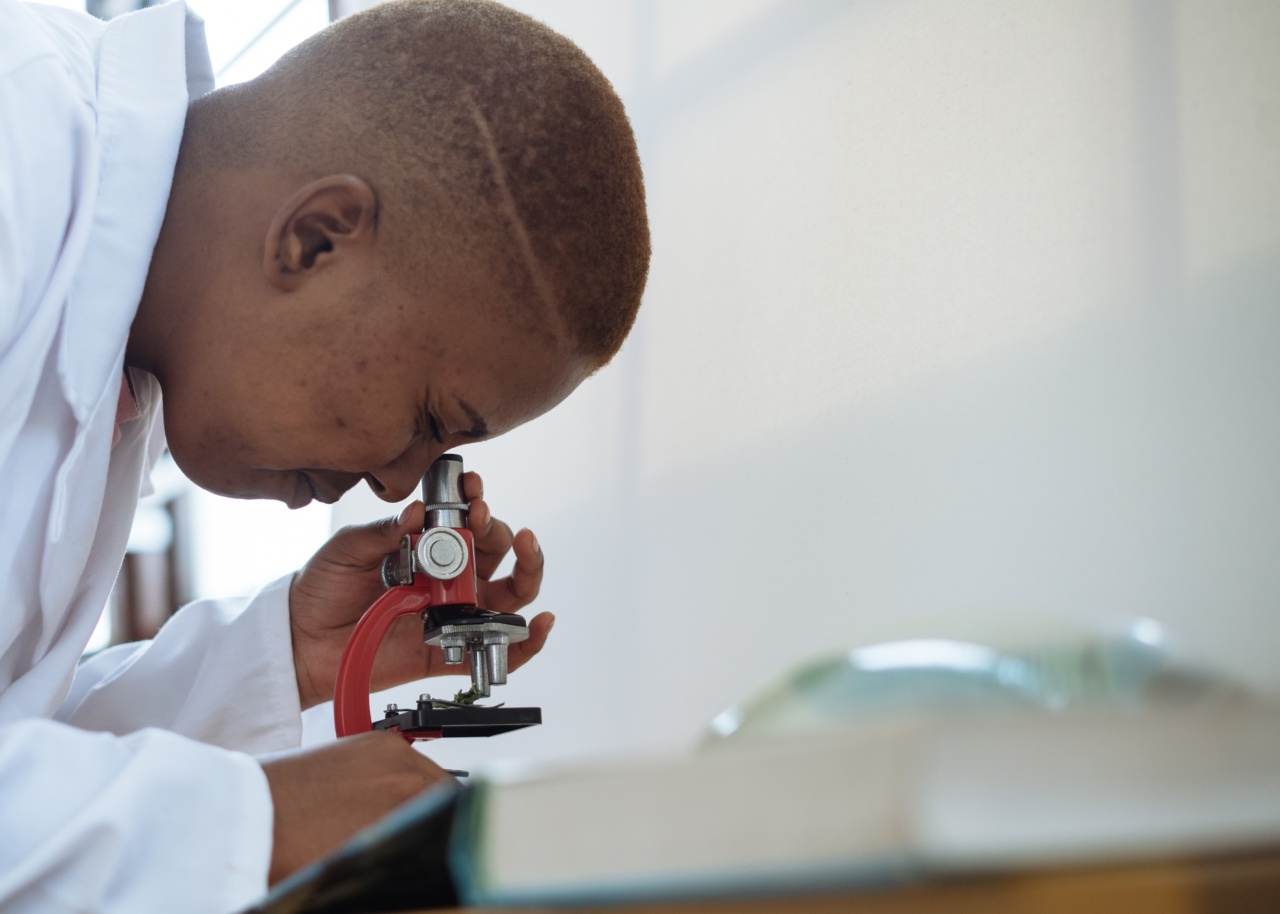Cancer is a devastating disease that affects millions of people worldwide. Early detection plays a crucial role in improving the outcome and survival rate of cancer patients.
Diagnostic tests are an integral part of the screening process, helping healthcare professionals identify abnormal cells or tumors in the body. In this article, we will discuss several diagnostic tests that can raise the possibility of cancer, allowing for timely intervention and treatment.
Blood Tests: Detecting Cancer Markers
One of the most commonly used diagnostic tests for detecting cancer is a blood test. This non-invasive procedure helps identify specific molecules, known as tumor markers, in the blood that may indicate the presence of cancer.
Examples of commonly tested tumor markers include prostate-specific antigen (PSA) for prostate cancer, carcinoembryonic antigen (CEA) for colorectal cancer, and CA-125 for ovarian cancer. However, it’s important to note that elevated levels of tumor markers do not always confirm the presence of cancer, as other conditions may also cause abnormal readings.
Imaging Techniques: Visualizing Tumors and Abnormalities
Imaging techniques are valuable tools for diagnosing cancer, as they allow healthcare professionals to visualize tumors and abnormalities within the body. Some commonly used imaging tests include:.
1. X-Rays
X-rays are a basic form of imaging used to identify potential tumors or abnormal growths. They are especially useful for detecting bone-related cancers, such as osteosarcoma or multiple myeloma.
X-rays can also be used to screen for lung cancer, as they can highlight any suspicious masses or nodules within the lungs.
2. Ultrasound
Ultrasound uses high-frequency sound waves to create images of internal organs and tissues.
It is commonly employed to examine the abdomen, breasts, and reproductive organs, aiding in the detection of cancers like liver cancer, breast cancer, and ovarian cancer. Additionally, ultrasound-guided biopsies can be performed to extract tissue samples for further analysis.
3. Computed Tomography (CT) Scan
A CT scan combines a series of X-rays taken from different angles to create detailed cross-sectional images of the body.
This imaging technique is highly effective for detecting and locating various types of cancers, including lung, liver, and pancreatic cancers. CT scans can also be useful in determining the size, shape, and spread of tumors.
4. Magnetic Resonance Imaging (MRI)
MRI utilizes a powerful magnetic field and radio waves to generate detailed images of organs and tissues. It is particularly valuable for detecting tumors in soft tissues and organs, such as the brain, spinal cord, and prostate.
MRI can provide valuable information about the size, shape, and characteristics of tumors, aiding in accurate diagnosis and treatment planning.
5. Positron Emission Tomography (PET) Scan
In a PET scan, a small amount of radioactive material is injected into the body. Areas with high metabolic activity, such as cancer cells, absorb this material and appear as bright spots on the resulting images.
PET scans are useful for detecting various types of cancer, as they can identify the presence and extent of cancerous growths in the body.
Biopsy: Analyzing Tissue Samples
A biopsy involves the removal of a small sample of tissue for microscopic examination. It is considered the gold standard for cancer diagnosis, as it allows pathologists to analyze the cellular characteristics of the abnormal tissue.
There are several methods of performing a biopsy, including:.
1. Needle Biopsy
Needle biopsies involve inserting a thin needle into the suspicious area to extract tissue samples. This minimally invasive procedure is commonly used for diagnosing breast, prostate, and lung cancers.
Different types of needle biopsies include fine-needle aspiration biopsy, core needle biopsy, and vacuum-assisted biopsy.
2. Endoscopic Biopsy
Endoscopic biopsies are performed using an endoscope, a flexible tube with a light and a camera attached.
The endoscope is inserted through natural body openings or small incisions to collect tissue samples from areas like the digestive tract, respiratory system, or urinary tract. This type of biopsy helps diagnose cancers located within these regions.
3. Surgical Biopsy
Surgical biopsies involve the surgical removal of an entire tumor or a portion of it. This method is typically used when other types of biopsies are inconclusive or when the tumor needs to be completely removed.
It provides a larger tissue sample for a more accurate diagnosis and also allows for staging the cancer.
Liquid Biopsy: A Non-Invasive Alternative
Liquid biopsy is a newer diagnostic test that offers a non-invasive alternative for detecting cancer. Rather than sampling a tumor directly, this test analyzes fragments of tumor DNA that are circulating in the blood or other bodily fluids.
Liquid biopsies can be used to detect certain mutations or genomic alterations associated with specific types of cancer. It is particularly useful in monitoring treatment response and detecting cancer recurrence.
Genetic Testing: Identifying Inherited Cancer Predisposition
Genetic testing plays a significant role in identifying individuals with an inherited predisposition to certain types of cancer.
It involves analyzing a person’s DNA to detect mutations or alterations in specific genes known to increase the risk of developing cancer. Genetic testing is commonly performed for breast, ovarian, colorectal, and pancreatic cancers. The results of genetic testing can help guide treatment decisions and preventive measures.
Conclusion
Early detection and timely intervention are crucial for improving the prognosis of cancer patients. Diagnostic tests play a pivotal role in the detection and diagnosis of cancer, allowing for prompt treatment and improved outcomes.
Blood tests, imaging techniques, biopsies, liquid biopsies, and genetic testing all contribute to raising the possibility of cancer, aiding healthcare professionals in making accurate diagnoses and personalized treatment plans.




























